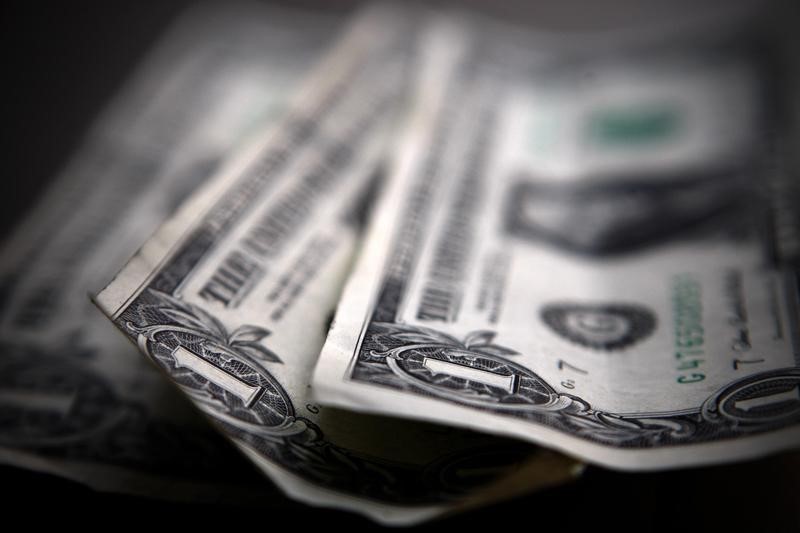Hedge funds cut NFLX, keep big bets on MSFT, AMZN, add NVDA
By Gina Lee
Investing.com – The dollar was down on Monday morning in Asia, with optimism over a potential early rollout of COVID-19 vaccines offset by global economic restrictions to curb the spread of the virus.
The U.S. Dollar Index that tracks the greenback against a basket of other currencies slipped 0.34% to 103.145 by 12:12 AM ET (4:12 AM GMT).
The FDA is looking to grant approval in mid-December for distribution of BNT162b2, the vaccine candidate produced by Pfizer Inc (NYSE:PFE) and German partner BioNTech (F:22UAy), chief scientific adviser for “Operation Warp Speed” Moncef Slaoui said. The first people in the U.S. could be inoculated a day after the approval.
The U.K. could also grant regulatory approval to BNT162b2 this week.
However, millions of Americans are expected to flout warnings to stay home for the upcoming Thanksgiving holiday, raising fears that the mass movement could increase the number of second wave cases in the country exponentially. Across the Atlantic, Germany, dealing with its own second wave, could see its current lockdown extended until mid-December.
The lack of consensus, and a deal, in the U.S. Congress over the latest stimulus measures has also led to speculations that the Federal Reserve could ease monetary policy even further. The spat between the Fed and the Treasury Department over the termination of some emergency lending programs during the previous week, also fed this speculation.
The minutes of the Fed’s last policy meeting, to be released on Wednesday, will now be scrutinized for confirmation that Fed policymakers discussed adding to the central bank’s asset-buying plans.
“The minutes should help gauge whether our call for a lengthening of the maturity mix as soon as the December meeting remains on track,” TD Securities analysts said in a note.
The AUD/USD pair lost 0.59% to 0.5763 and the NZD/USD pair X X% to X
The USD/CNY pair X 0.05% to 7.0983 and the GBP/USD pair gained 0.13% to 1.1656
The USD/JPY pair was down 0.6% to 110.14. Japanese markets are closed for a holiday, resulting in sparse liquidity and investor reluctance to test major chart barriers on several dollar pairs.
Meanwhile, the euro edged up against the dollar, but continues a struggle to break above a $1.993 resistance level it failed to break above during the previous week.
However, some investors remain bullish on the single currency’s longer-term outlook.
“We think that the exchange rate will rise further over the next few years against a backdrop of lower euro-zone stability risks; an increased real yield gap between the euro-zone and the U.S.; and a continued recovery in the global economy,” Capital Economics analysts said in a note.
The note also raised its forecasts for the euro, now seeing it at $1.2500 by the end of 2021 and $1.3000 at the close of 2022, against the previous $1.2000 and $1.2500 respectively.
